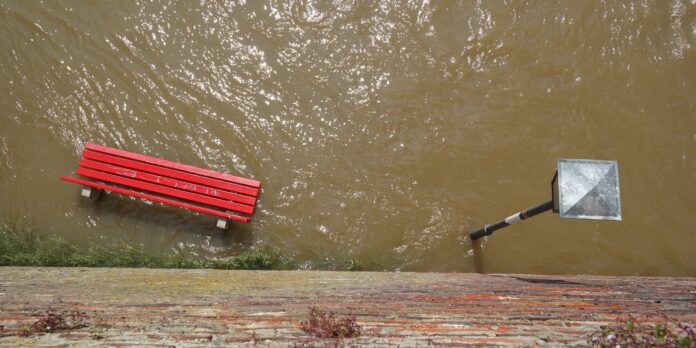Table of Contents
Whether hurricanes, tornadoes, or floods, natural disasters can strike anywhere, anytime. It can be a terrifying and dangerous situation for those in its path. If you live in an area prone to such disasters, it is essential to be prepared. That means having the right supplies in your house and creating an emergency plan you and your family can follow in case of disaster. This blog post will discuss how to prepare for a natural disaster by creating a survival kit for your home. We will talk about the essentials you need on hand and how to develop a plan of action for when disaster strikes. With this information, you’ll be better prepared if the unthinkable happens.
What is a Natural Disaster?
A natural disaster can be a catastrophic event that occurs naturally and typically results in widespread destruction, loss of life, and significant economic damage. These types of disasters can take many forms, including earthquakes, hurricanes, tornadoes, floods, wildfires, and blizzards, among others. Natural disasters can happen anywhere in the world and at any time, often with little or no warning, making it crucial to prepare and have a plan in place for survival.
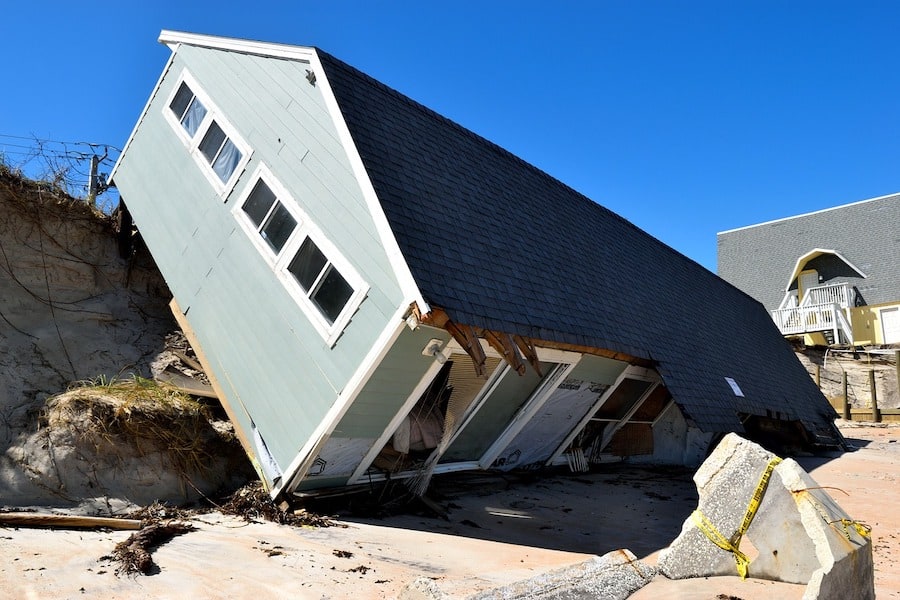
What to Include in Your Home Emergency Kit
A home emergency kit is a collection of essential items that your household may need in an emergency. What you include in your kit will depend on the size of your family, your pets, as well as any special needs members of your household may have. Most government agencies suggest preparing for at least three days if possible, but preparing for longer is even better.
Here are some of the basics to include:
- Non-perishable food, such as dried goods and tinned items that do not need cooking
Even if you’re on a budget, consider buying an extra packet or can each month to set aside, so you’ve got meals for 1-2 weeks.
- Manual can opener
- Bottle water, at least one gallon per person per day; additional water for pets
If you can’t buy water, fill up every sink, bucket, and even the bath beforehand. If you’ve got the space, keep old bottles or cartons to fill instead of paying for bottled water. You could even go the extra mile with a water filter. You can pick up a micro-pore filter from most camping stores.
- Flashlights and batteries or solar-powered lanterns you can charge during the day or crank-power
- First aid kit and prescription medication for family and pets
- Battery-powered or hand crank radio
If cell towers go down, a radio will be an essential source of emergency information. Get emergency evacuation notifications or shelter instructions. Tune into the local weather radio for regular updates.
- A source of non-grid power
With a portable power station or solar generator, even if your power gets knocked out, you’ll be ready to keep your essentials powered, stay warm during a winter storm, and even cook meals.
- Moist towelette or disposable wipes
Since a bath is probably off the table, keep disposable wipes handy to reduce the spread of bacteria, especially if you’re evacuated to a camp.
- Extra set of car keys and a spare house key
- Cash (in small denominations)
- Copies of important documents (driver’s license, birth certificate, insurance policies) stored in a waterproof container
- Pet supplies (food, water bowl, leash/collar)
- Clothes and bedding for each member of the family, including sturdy shoes.
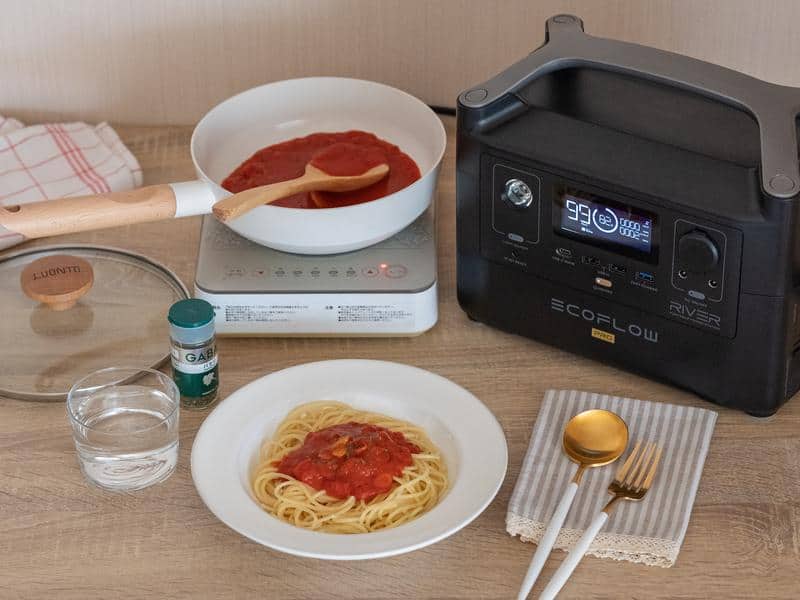
Preparing for a Natural Disaster
Before a natural disaster strikes, there are some key things you can do to prepare. Even if you’re not expecting one, ensure your home, family, and emergency kit are ready to go at any time. Know the risks in your area. Be aware of the types of disasters that occur where you live and the likelihood of them happening. This will help you know what to prepare for. Make sure you have adequate insurance coverage for your home and belongings, just in case.
Understanding the Different Types of Natural Disasters
Many different types of natural disasters can occur, each with its unique set of dangers. It is essential to be aware of the different types of disasters that can occur in your area and to have a plan for how to deal with them.
One of the most common types of natural disasters is flooding. Floods can occur due to heavy rains, melting snow, or even a dam break. If you live in an area prone to floods, it is crucial to have an evacuation plan ready in case you need to leave your home.
Another type of natural disaster common in many parts of the world is earthquakes. Earthquakes can occur without any warning and can cause extensive damage. If you live in an area prone to earthquakes, it is vital to have an emergency kit ready and know where to go if your home is damaged.
Wildfires are another type of natural disaster that can be very dangerous. Wildfires can spread quickly and destroy homes and businesses. If you live in an area prone to wildfires, it is vital to have a plan to stay safe, including having an emergency kit ready and knowing where you will go if you need to evacuate your home or business.
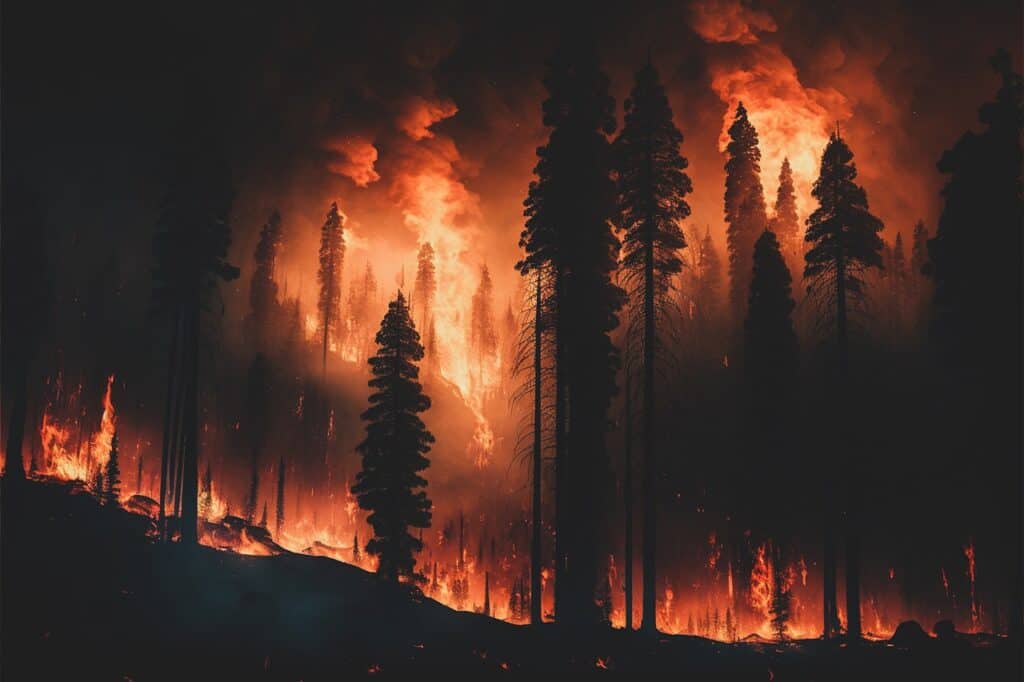
As we continue to see the affects of global warming, we’ll see hotter summers and colder winters, especially in areas not used to such conditions. Be sure to tailor your survival kit for the coming season.
How to Prep Before a Natural Disaster Hits
First, make sure you have your home survival kit ready (check the list above), and then follow the list below:
- Prepare Your Family With a Plan (see below)
Make sure all family members understand the plan, including children. Get pets ready to move quickly if necessary.
- Stay Informed
Keep an eye on the latest weather conditions and warnings in your area so you can be as prepared as possible.
- Fill Anything You Can With Water
If the water goes off, you’ll need water to drink or to wash with, so fill every sink, pan, and bucket with water.
- Fill the Car With Gas
If you must evacuate, ensure the car is ready with a full gas tank.
- Stay Safe
If you’re expecting a hurricane, move your family to the most secure part of the house, away from windows.
- Prepare Your Generator
Charge using AC or solar energy, so you’re ready for any eventuality.

Creating an Evacuation Plan
When preparing for a natural disaster, one of the most important things you can do is create an evacuation plan. This will ensure that everyone in your household knows what to do and where to go if you need to evacuate.
Here are some tips for creating an evacuation plan:
1. Choose an out-of-state friend or family member who can be your designated point of contact. This person will be the one you call or text when you evacuate, so they know you are safe.
2. Map out multiple evacuation routes from your home. Take into account different types of disasters and choose routes that avoid areas that could be affected (e.g., if there is a hurricane, choose a route that avoids coastal areas).
3. Make sure everyone in your household knows the evacuation routes and has a copy of the map. If possible, laminate the map so it can withstand weather conditions.
4. Pack a survival kit for each person in your household. The kit should include items like water, food, first-aid supplies, clothes, and essential documents. Store the kits in an easily accessible place so you can grab them quickly if you need to evacuate.
5. Practice your evacuation plan regularly so everyone knows what to do and where to go in an emergency.
What to do After a Natural Disaster?
If you find yourself in the aftermath of a natural disaster, there are a few key things you should do to ensure your safety and the safety of your home. First, assess the damage to your home and property. If there are any downed power lines or gas leaks, do not enter your home until these have been repaired or replaced by a professional. Next, check for damage to your plumbing and sewer system. If you suspect any damage, do not use your taps or flush your toilets until repairs have been made. Finally, inspect your roof and foundation for any cracks or damage that could allow water or pests into your home. Once you have taken these precautions, you can begin the cleanup process.
Having a place to sleep, fresh water, food, and access to medical care will keep a person alive for a very long time. While experiencing a natural disaster can be a frightening experience, focus on what you need to survive instead of attempting to save personal belongings.
You might not be able to predict the weather, but you can prepare well in advance. Make sure to include a portable power station or solar generator in your home emergency kit to keep your family comfortable so you can weather the storm together.

EcoFlow RIVER 2 Max
Capacity: 512Wh
Net weight: 13.4 lb (6.1 kg)
Dimensions: 10.6×10.2×7.7 in (270x260x196 mm)
AC Output Ports: 4
Cycle life: 3000+
Solar Input: 220W
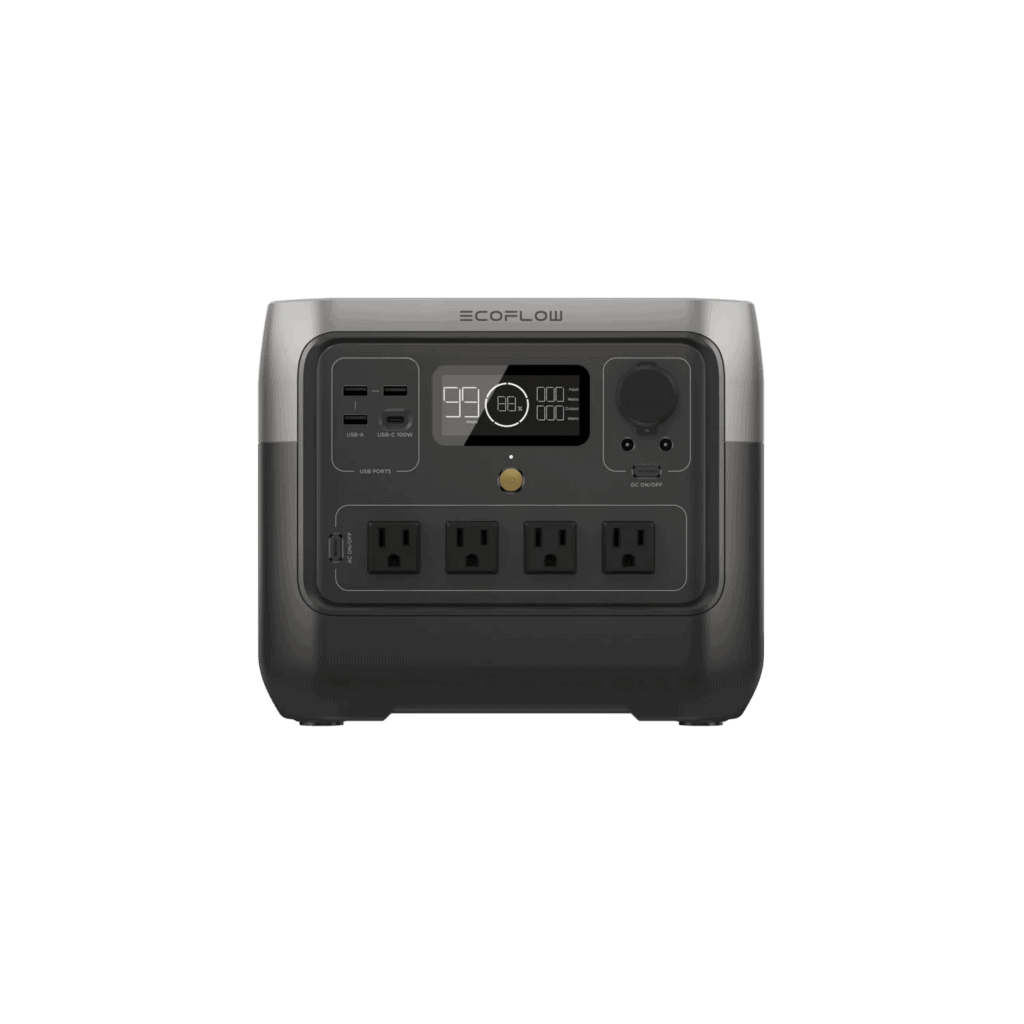
EcoFlow RIVER 2 Pro
Capacity: 768Wh
Net weight: 17.2 lb (7.8 kg)
Dimensions: 10.6×10.2×8.9 in (270x260x226 mm)
AC Output Ports: 4
Cycle life: 3000+
Solar Input: 220W
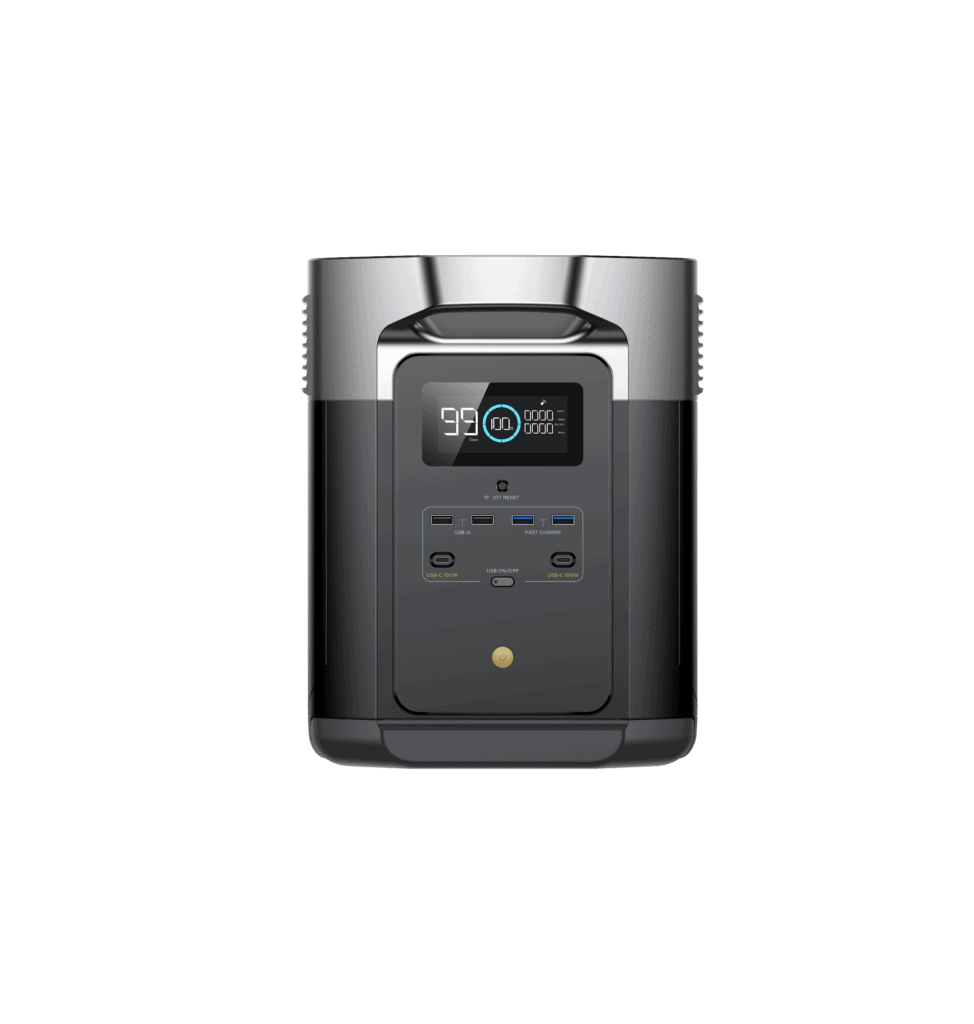
EcoFlow DELTA 2
Capacity: 1024Wh
Net weight: 27 lb (12 kg)
Dimensions: 15.7×8.3×11 in (400x211x281 mm)
AC Output Ports: 6
Cycle life: 3000+
Solar Input: 500W
FAQ
What should be in a natural disaster emergency kit?
A natural disaster can strike at any time, so it’s important to be prepared. Here’s what you should include in your natural disaster emergency kit:
-Water: At least one gallon of water per person, per day.
-Food: Non-perishable food items that don’t require cooking or refrigeration.
-Manual can opener: For canned food.
-Flashlight: With extra batteries.
-Radio: A battery-operated or hand-crank radio, to stay informed in case of power outages.
-First aid kit: Including bandages, gauze, antiseptic wipes, etc.
-Medications: Prescription medications if you have them, as well as over-the-counter medications for pain relief and diarrhea.
What food has the longest shelf life?
When it comes to stocking up on food for a natural disaster, you want to focus on items that have a long shelf life. canned goods, dried fruits and vegetables, and non-perishable items like peanut butter and crackers are all good options.
Of course, you’ll also want to have plenty of water on hand. Be sure to store at least one gallon per person, per day. And don’t forget about pet food and supplies if you have furry friends at home!
